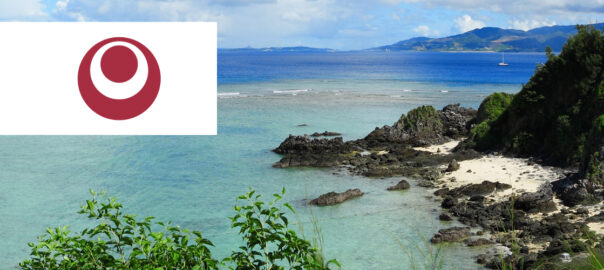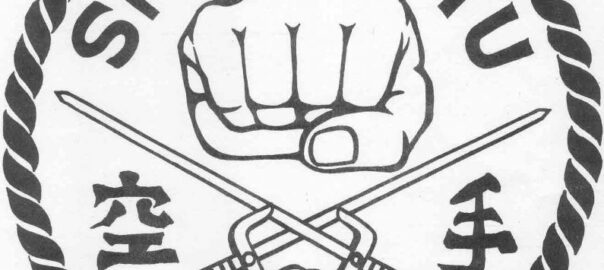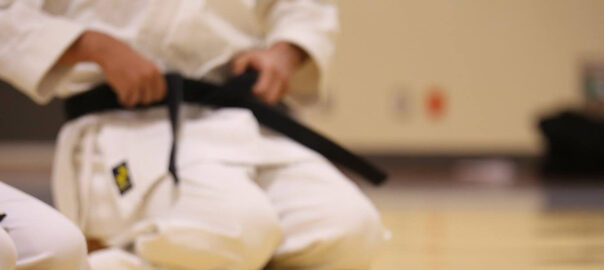History of Shotokan
Between Japan and China, this island was a strategically important point. So it happened that at different times the island was under Chinese or Japanese influence. Therefore, a martial art developed on Okinawa, which contained its own self-defense experiences and experiences of the Japanese samurai as well as Chinese boxing. In the last three centuries, the Japanese maintained the upper hand on Okinawa.
The possession of weapons was strictly forbidden on the island. However, the people living there wanted to protect themselves against attacks by the occupying forces. This is how karate and kobudo came into being. The new martial arts were initially called Okinawa-te (Okinawa hands). Some masters of Okinawa-te traveled to China to gain experience for their martial arts. When they returned, they passed on their knowledge to their families.
Shotokan karate meets Okinawan Karate. Tatsuya Naka begins a long journey to reach the origin of Karate through technical exchanges with the Okinawan karate masters.
Founder of Shotokan
Gichin Funakoshi (1868 – 1957) broke the family spell at the beginning of the 20th century and traveled to Japan to teach Okinawa-te. In the years 1917 – 22 he drew attention to this martial art through karate demonstrations at universities. In Japan, the ancient martial arts were just experiencing a period of renaissance. This had a positive effect on the spread of Okinawa-te. It was around 1900, when on Okinawa the value of the martial art Okinawa-te for education was recognized and this art was introduced to the middle schools. It was then that the name Karate was chosen for the first time. Under this name, this art spread very quickly.
Funakoshi founded Shotokan Karate, as it was later called. It contains all the great styles of Ch`uan-fa (also called Kung Fu or Kempo) known to him at that time, which can still be seen today in the differences of the master katas that have been handed down. Master Itosu developed student katas (Pinan) from these master katas for better learning of the arts. Gichin Funakoshi then renamed them “Heian“.
The Japan Karate Association
The Japan Karate Association (JKA; jap. 本空手協会, Nihon karate kyōkai) is the world’s largest and most renowned karate style organization. Guiding principle of the Japan Karate Association (JKA) is: “The supreme goal in the art of karate is neither victory nor defeat, but lies in the perfection of the character of the practitioner.”
Okinawa had many masters of the Okinawa-te. All of them had their own ideas and experiences. When they realized Funakoshi’s success, some followed him to Japan. Thus, other great styles emerged, such as Gojo Ryu, Shito Ryu, Wado Ryu, etc.


